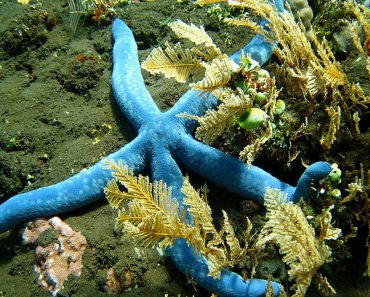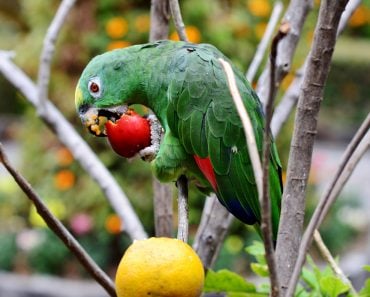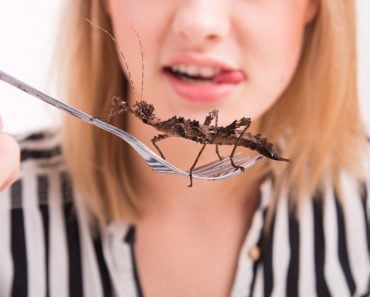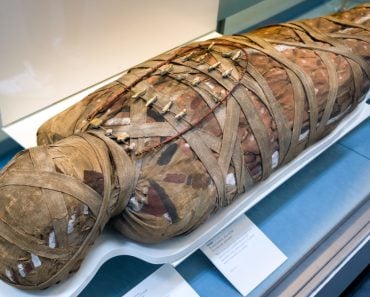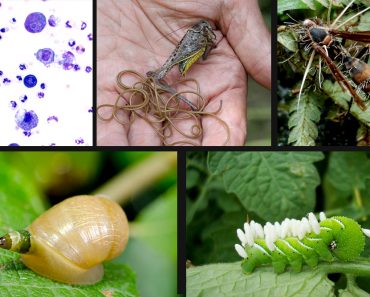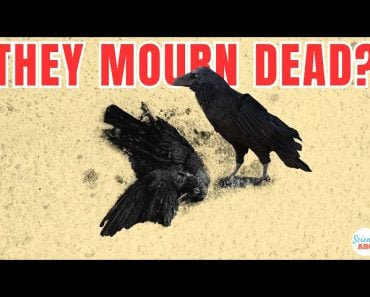Table of Contents (click to expand)
Vultures are nature’s garbage collectors and they’ve evolved perfectly for that role. Their bodies have a set of unique adaptations, from an ironclad stomach to microbial protectors, that allow them to have such an unusual diet.
Imagine having the superpower of never getting sick. Your arch nemeses—the viruses, bacteria, and parasites of Earth that threaten the life of organisms like you—would be powerless against the superior protection of your body. Well, meet the bird with this superpower—the vulture.
Vultures frequently eat dead creatures, and often the rotting flesh of an animal. They’ll clean up leftovers of other predators, or eat an animal that died of illness or old age that other predators might not want to consume, hence the name “garbage collectors”.
For vultures, bacteria like Anthrax (countries developed it and have sometimes employed it as a biological weapon), or bubonic plague (or Black Plague that ravaged Europe in the middle ages), and the rabies virus, all of which can cause severe illness in humans and animals, don’t pose any threat.
So, how do these flying scavengers deal with these pathogens? Why don’t they get sick?
Recommended Video for you:
Old World Vultures Vs New World Vultures
There are two types of vultures: Old world vultures and New world vultures. Though both of them eat putrid flesh, they have different names because they aren’t related.
Old world vultures, such as the cinereous vulture and the bearded vulture, are cousins of predatory birds like eagles and hawks. New world vultures, such as the black vulture and the turkey vulture, are related to water birds like herons.
Convergent Evolution
Though their families are different, they both evolved to look similar and have similar feeding habits. When this happens in nature, it is called convergent evolution.

So, while combining vultures into one group based on their diet and appearance may simplify things, scientifically, they’re often studied with their evolutionary family tree in mind.
With that, let’s look at what makes these animals so resilient to disease.
Vulture’s Powerful Stomach Acid
The stomach isn’t only a blender made of muscle, it is also a blender made of muscle with it own anti-pathogen weapon, stomach acid. The food we usually eat, either cooked or uncooked, has some microbes on or in it. Stomach acid is the first step to annihilating these infiltrators. Those that make it past the stomach’s acid (a human’s stomach acid is a 2 on the pH scale) can cause disease, take up residency in the gut as a mostly peaceful member of the gut’s microflora, or get excreted from the system.
The vulture’s stomach is an ironclad barrier. Nothing beats it.
The bearded vulture has a stomach pH of 0.7! That is so acidic that the bird can even digest bones! Very few animals can digest bones because the protein that composes bones—collagen—is hard for enzymes to break down. Based on this, one could assume that other vultures may have similarly acidic stomachs.
In fact, the vultures’ stomach acid is so strong that it can even dissolve lead bullets with which an animal has been shot. Though the vulture can tolerate biological threats, its body cannot survive lead toxicity, so eating a lead bullet might end up giving the bird lead poisoning.

Immune System Of Vultures
However, a corrosive stomach doesn’t explain the vulture’s resistance to pathogens. For any sneaky bacteria that manage to survive the hellish conditions of a vulture’s stomach are confronted with the vulture’s immune system.
A study published in the journal Genome Biology found that the genes of the cinereous vulture differ from closely from related predatory birds in terms of acid secretion, immune system, and respiration. This indicates that evolution may have pushed vultures to develop systems that could better deal with high load of pathogens.
We don’t know the exact mechanism of how the vulture’s immune system K.O.s pathogens, but researchers hope that studying the immune system of vultures and other scavengers could help us understand how our own immune system deals with pathogens, and perhaps give rise to new treatment strategies.
The Microbes Of Vultures
That said, not all microbes are the villains, and it is not in an animal’s best interest to destroy all microbes. Some microbes are good guys who live in or on multicellular living things. Their hosts give them food or protection or just space to live, and the bacteria, in return, provide the host with nutrients or prevent any villains from infecting the host.
The vulture has a bunch of microbial friends, or at the very least, non-enemies, that protect the vulture from getting infected.

There are two bacteria, in particular, that researchers have found in the guts of black and turkey vultures: Clostridia and Fusobacteria, both of which cause diseases in many vertebrates.
Clostridia is a type of anaerobic bacteria (bacteria that don’t need oxygen to breathe) that is often found in the soil, while fusobacteria can cause periodontal disease and tonsillitis. In the vulture’s gut, they are found in abundance.
Researchers aren’t sure why two pathogenic bacteria are part of the vulture’s gut community, or why the vulture doesn’t get sick because of them. One hypothesis is that the bacteria are not of the pathogenic strain, while another hypothesis suggests that they prevent other pathogenic bacteria from causing disease.
But the gut isn’t the only area of their body with microbes. The face of the vultures, the part that buries itself into the meat, getting coated in the rotting flesh and sometimes feces of the dead animal, has its own abundant and variable community of microbes. Some of these microbes seem to offer the vultures additional protection.
A study looking into the skin of black and turkey vultures found a bacteria called Acinetobacter calcoaceticus on the vulture’s face. The bacteria produces phenol, a chemical that is commonly used to disinfect things, and which serves to, in part, disinfect the vulture’s face.
They also found a bacteria called Hylemonella gracilis, which has been shown to prevent growth of Yersinia pestis, the bacteria that caused the bubonic/black plague. Along with that they found phages, a virus that hosts on bacteria, on the skin of the vultures.
A Final Word
With a stomach comparable to Dante’s lowest circle of hell, an army of specialized immune cells, and an impenetrable unit of microbes, the vulture is extremely well-adapted to eating decaying food.
We should thank the vulture, and other scavengers, because without their roles as nature’s cleanup crew, there would probably be a lot more disease around. They help to complete the circle of life, and keep it spinning!
References (click to expand)
- Roggenbuck, M., Bærholm Schnell, I., Blom, N., Bælum, J., Bertelsen, M. F., Sicheritz-Pontén, T., … Hansen, L. H. (2014, November 25). The microbiome of New World vultures. Nature Communications. Springer Science and Business Media LLC.
- Zepeda Mendoza, M. L., Roggenbuck, M., Manzano Vargas, K., Hansen, L. H., Brunak, S., Gilbert, M. T. P., & Sicheritz-Pontén, T. (2018, October 11). Protective role of the vulture facial skin and gut microbiomes aid adaptation to scavenging. Acta Veterinaria Scandinavica. Springer Science and Business Media LLC.
- Chung, O., Jin, S., Cho, Y. S., Lim, J., Kim, H., Jho, S., … Paek, W. K. (2015, October 21). The first whole genome and transcriptome of the cinereous vulture reveals adaptation in the gastric and immune defense systems and possible convergent evolution between the Old and New World vultures. Genome Biology. Springer Science and Business Media LLC.
- DVM,, M. A. C., Oliveira, P. A., Brandão, R., Francisco, O. N., Velarde, R., Lavín, S., & Colaço, B. (2016, September). Lead Poisoning Due to Lead-Pellet Ingestion in Griffon Vultures (Gyps fulvus) From the Iberian Peninsula. Journal of Avian Medicine and Surgery. Association of Avian Veterinarians (AAV).


